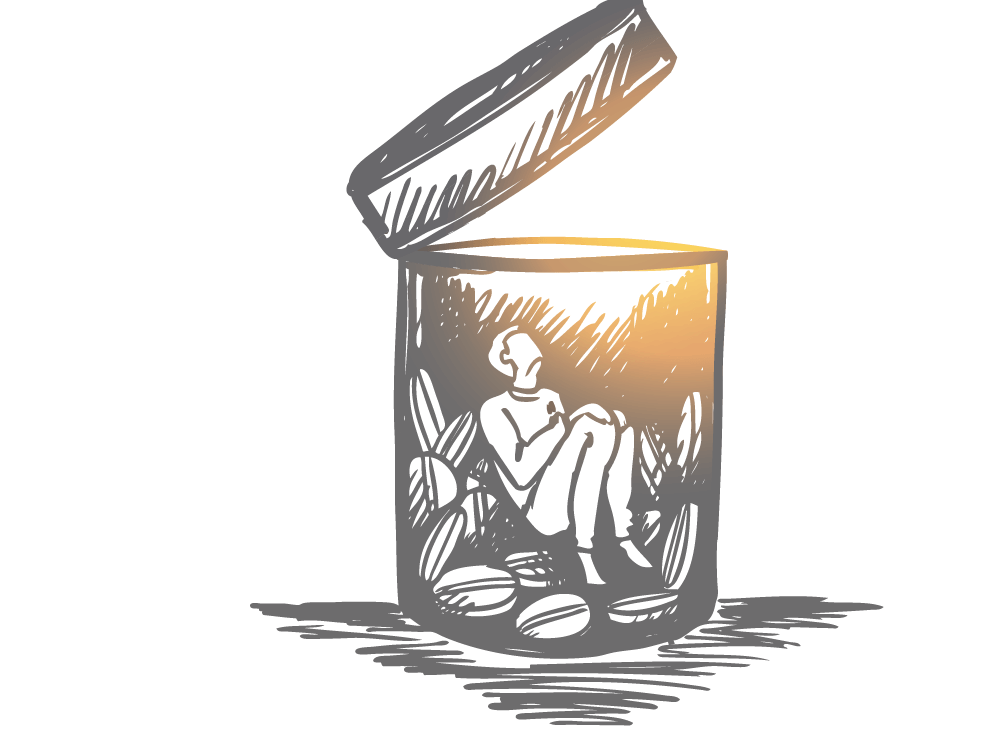While the bill has helped advance naloxone use, Schmuhl pointed out that there is still work to be done to expand access to the drug and reduce opioid overdose. In particular, the stigma of addiction makes many people reluctant to request naloxone, even legally.
To diminish the stigma, Schmuhl said, pharmacy schools should train students to take a harm-reduction approach. Students should understand how to approach patients and engage with them in a “non-judgmental, non-coercive way.” This can make people struggling with addiction, as well as their loved ones, feel more comfortable about requesting naloxone from a pharmacy.
West Virginia Training Saves Lives
The harm-reduction approach has already benefitted the Charleston, West Virginia, metropolitan area. Faculty and students at the University of Charleston School of Pharmacy provide public naloxone trainings in partnership with the Kanawha-Charleston Health Department. These 30–45 minute trainings teach the proper use of naloxone in the event of an opioid overdose. Attendees learn how to recognize an opioid overdose; the risk factors of overdose; the importance of calling 911; and how to perform rescue breathing. Once they complete training, attendees receive naloxone kits, when available.
This public naloxone training began in April 2016 as part of the health department’s Harm Reduction Program (which started in December 2015) to target drug misuse and overdose. Originally intended to provide syringe exchange and wound care, the program later added naloxone training with the help of Dr. Lindsay Acree, assistant professor of pharmacy practice at the University of Charleston School of Pharmacy.
So far, the classes have been effective in helping to prevent fatal overdose. At least 444 former class attendees have requested additional naloxone kits after using theirs to help save a life, Acree said. The classes have also been educational for student pharmacists. The lessons and skills that students receive through their participation promise to have long-term effects on their future patients and the current opioid crisis.
Acree encouraged her students to help with the Harm Reduction Program. By meeting with community members who struggle with addiction, students have been able to hone their communication skills and develop a greater sense of empathy, Acree noted. “I think students sometimes start working in the pharmacy and they immediately become jaded because they see the people coming in for pills,” she said. “They really need to be able to see substance use disorders from the patients’ perspective.”
Although they have frequent interactions with “typical” pharmacy customers, students may not always interact with more disadvantaged community members. “They’re not seeing poverty, they’re not seeing homelessness, they’re not seeing other aspects of the communities that are often hidden,” Acree pointed out. Engaging with people through public health programs “opens that communication with a different population that they usually don’t communicate with.” This gives student pharmacists the practice they need for their future careers.
With greater empathy and improved communication, the pharmacy community may help curb the opioid crisis. Pharmacists can provide valuable education through their direct interactions with patients and prescriptions. Treating people with dignity, Acree said, can encourage more patients to pursue treatment. “My hope is that, because of the experience [students] have had, when they’re out in the pharmacies and they have that patient they’re worried about, they will be equipped to offer help.”
Emily Jacobs is a freelance writer based in Toledo, Ohio.

